When it comes to electric vehicles, the choice often boils down to efficiency, performance, and practicality. The Polestar 2 and BYD Sealion 7 are two formidable contenders in the compact and SUV electric car segments, respectively. This comparison will delve into their technical specifications, innovative features, and overall appeal.
Polestar 2 vs BYD Sealion 7 – Which model is better for everyday use?
Everyday use, family trips or long-distance drives – here’s where the differences show.
Discover whether Polestar 2 or BYD Sealion 7 fits your lifestyle better.
Design and Dimensions
The Polestar 2 is a hatchback that exudes a sleek and modern aesthetic, measuring 4606 mm in length and 1859 mm in width. With a height of 1479 mm, its profile suggests agility and sportiness, catering to those who appreciate a refined design.
In contrast, the BYD Sealion 7 is an SUV, showcasing a more robust stance with dimensions of 4830 mm in length, 1925 mm in width, and a height of 1620 mm. This makes it not only taller but also broader, giving it a commanding road presence ideal for families and adventurers alike.
Performance and Powertrain
Under the hood, the Polestar 2 impresses with a choice between multiple configurations, offering power outputs ranging from 272 HP to 476 HP. It achieves 0-100 km/h in as little as 4.2 seconds, depending on the variant chosen. The dual motor setup enhances traction, providing an all-wheel-drive option with a maximum torque of 740 Nm.
The BYD Sealion 7 offers competitive performance, with outputs varying from 313 HP to a potent 530 HP variant. It accelerates from 0-100 km/h in 4.5 seconds, leveraging a robust rear-wheel-drive or all-wheel-drive capability. The Sealion 7's torque peaks at 690 Nm, offering strong pulling power for various driving conditions.
Battery and Range
In terms of battery capacity, the Polestar 2 comes equipped with a 78 kWh battery, offering an impressive electric range of up to 659 km on the more efficient variants. Its energy consumption stands between 14.7 and 16.8 kWh/100 km, ensuring efficient use of power.
The BYD Sealion 7, meanwhile, hosts a different battery configuration with a slightly lower range, maxing out at 502 km. Its energy consumption rates are higher, ranging between 19.9 and 21.9 kWh/100 km, making it slightly less efficient compared to its Polestar counterpart.
Technology and Features
Both vehicles come loaded with advanced technologies, but their approaches differ. The Polestar 2 features a minimalist interior design meant for utmost driver focus, equipped with a Google Android-based infotainment system that provides hands-free navigation and smart features integrated right into the vehicle.
The BYD Sealion 7 boasts an expansive and tech-rich interior, emphasizing comfort and entertainment. With a larger trunk capacity of 520 liters compared to the Polestar's 405 liters, it caters to families needing extra space. Moreover, its high-tech driver assistance and safety systems are designed to enhance the driving experience.
Environmental Impact and Efficiency
Both models hold a CO2 efficiency class of A, emphasizing their eco-friendly designs. The Polestar 2 stands out with zero emissions and lower energy consumption, positioning it as an environmentally conscious choice for urban commuters.
The BYD Sealion 7, while slightly less efficient, also maintains an eco-friendly profile. Both vehicles offer charging solutions, making them convenient options for daily use and long-distance travel.
Final Thoughts
When comparing the Polestar 2 and BYD Sealion 7, the choice ultimately depends on personal preference and requirements. The Polestar 2 serves those who seek performance and efficiency in a compact form, while the BYD Sealion 7 appeals to families or individuals looking for spaciousness in an SUV format.
Whether you lean towards the agile hatchback or the versatile SUV, both the Polestar 2 and BYD Sealion 7 showcase the promising advancements in electric vehicle technology, paving the way for a sustainable future in automotive innovation.
Here’s where it gets real: The technical differences in detail
Costs and Efficiency:
When it comes to price and running costs, the biggest differences usually appear. This is often where you see which car fits your budget better in the long run.
Polestar 2 has a slight advantage in terms of price – it starts at 42000 £, while the BYD Sealion 7 costs 42800 £. That’s a price difference of around 857 £.
In terms of energy consumption, the advantage goes to the Polestar 2: with 14.80 kWh per 100 km, it’s clearly perceptible more efficient than the BYD Sealion 7 with 19.90 kWh. That’s a difference of about 5.10 kWh.
As for range, the Polestar 2 performs clearly perceptible better – achieving up to 659 km, about 157 km more than the BYD Sealion 7.
Engine and Performance:
Power, torque and acceleration say a lot about how a car feels on the road. This is where you see which model delivers more driving dynamics.
When it comes to engine power, the BYD Sealion 7 has a to a small extent edge – offering 530 HP compared to 476 HP. That’s roughly 54 HP more horsepower.
In acceleration from 0 to 100 km/h, the Polestar 2 is slight quicker – completing the sprint in 4.20 s, while the BYD Sealion 7 takes 4.50 s. That’s about 0.30 s faster.
In terms of top speed, the BYD Sealion 7 performs slight better – reaching 215 km/h, while the Polestar 2 tops out at 205 km/h. The difference is around 10 km/h.
There’s also a difference in torque: Polestar 2 pulls slight stronger with 740 Nm compared to 690 Nm. That’s about 50 Nm difference.
Space and Everyday Use:
Beyond pure performance, interior space and usability matter most in daily life. This is where you see which car is more practical and versatile.
Both vehicles offer seating for 5 people.
In curb weight, Polestar 2 is a bit lighter – 2015 kg compared to 2225 kg. The difference is around 210 kg.
In terms of boot space, the BYD Sealion 7 offers clearly perceptible more room – 520 L compared to 405 L. That’s a difference of about 115 L.
In maximum load capacity, the BYD Sealion 7 performs evident better – up to 1789 L, which is about 694 L more than the Polestar 2.
When it comes to payload, Polestar 2 slight takes the win – 421 kg compared to 410 kg. That’s a difference of about 11 kg.
Who wins the race?
The Polestar 2 proves to be has a very small edge and therefore becomes our DriveDuel Champion!
Polestar 2 is the better all-rounder in this comparison.
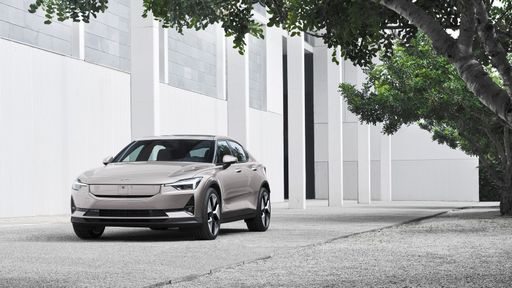
Polestar 2
Polestar 2
Der Polestar 2 beeindruckt mit seinem klaren, skandinavischen Design und einer hochwertigen Verarbeitung, die sowohl innen als auch außen zu sehen ist. Besonders auffallend ist das futuristische Cockpit mit einem innovativen Infotainment-System, das auf Android basiert und nahtlose Konnektivität bietet. Zusätzlich bietet das Modell ein exzellentes Fahrgefühl mit dynamischen Fahreigenschaften, das selbst anspruchsvolle Fahrer begeistert.
details @ Polestar
@ Polestar
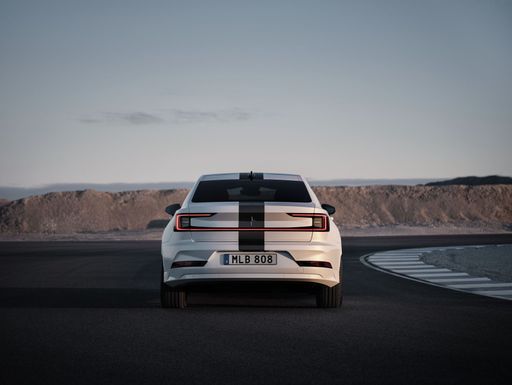 @ Polestar
@ Polestar
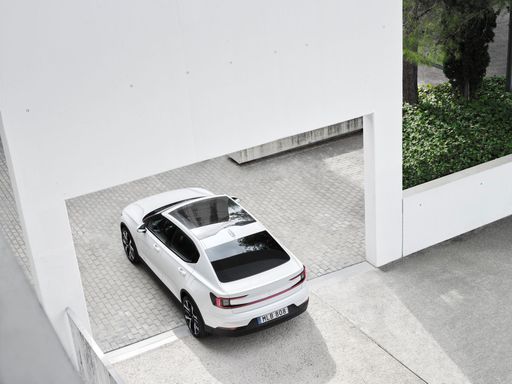 @ Polestar
@ Polestar
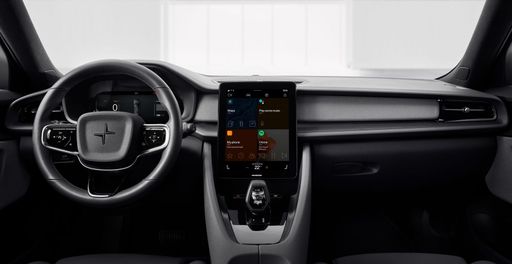 @ Polestar
@ Polestar
BYD Sealion 7
The Sealion 7 captivates with its striking design and impressive performance that appeals to both enthusiasts and casual drivers alike. With a focus on comfort and advanced technology, this model redefines the driving experience, making every journey enjoyable. Its sleek silhouette coupled with an innovative interior showcases the perfect blend of style and functionality.
details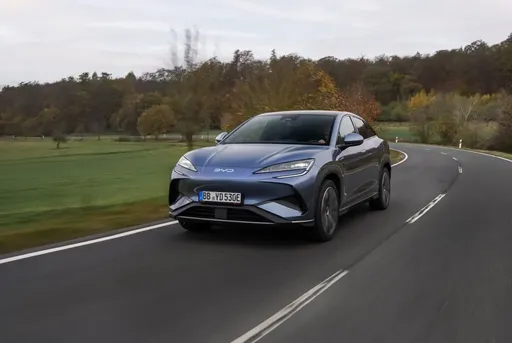 @ BYD
@ BYD
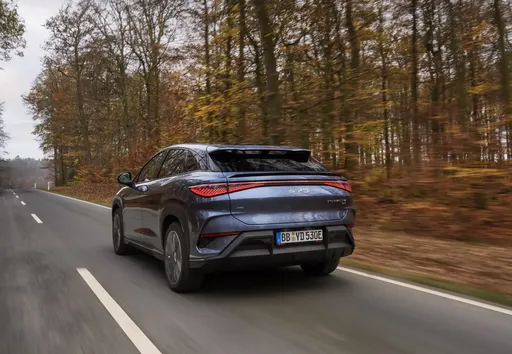 @ BYD
@ BYD
 @ BYD
@ BYD

|

|
|
|
|
Costs and Consumption |
|
|---|---|
|
Price
42000 - 57400 £
|
Price
42800 - 52300 £
|
|
Consumption L/100km
-
|
Consumption L/100km
-
|
|
Consumption kWh/100km
14.8 - 16.8 kWh
|
Consumption kWh/100km
19.9 - 21.9 kWh
|
|
Electric Range
554 - 659 km
|
Electric Range
456 - 502 km
|
|
Battery Capacity
78 kWh
|
Battery Capacity
-
|
|
co2
0 g/km
|
co2
0 g/km
|
|
Fuel tank capacity
-
|
Fuel tank capacity
-
|
Dimensions and Body |
|
|---|---|
|
Body Type
Sedan
|
Body Type
SUV
|
|
Seats
5
|
Seats
5
|
|
Doors
5
|
Doors
4
|
|
Curb weight
2015 - 2188 kg
|
Curb weight
2225 - 2435 kg
|
|
Trunk capacity
405 L
|
Trunk capacity
520 L
|
|
Length
4606 mm
|
Length
4830 mm
|
|
Width
1859 mm
|
Width
1925 mm
|
|
Height
1473 - 1479 mm
|
Height
1620 mm
|
|
Max trunk capacity
1095 L
|
Max trunk capacity
1789 L
|
|
Payload
375 - 421 kg
|
Payload
410 kg
|
Engine and Performance |
|
|---|---|
|
Engine Type
Electric
|
Engine Type
Electric
|
|
Transmission
Automatic
|
Transmission
Automatic
|
|
Transmission Detail
Reduction Gearbox
|
Transmission Detail
Reduction Gearbox
|
|
Drive Type
All-Wheel Drive, Rear-Wheel Drive
|
Drive Type
Rear-Wheel Drive, All-Wheel Drive
|
|
Power HP
272 - 476 HP
|
Power HP
313 - 530 HP
|
|
Acceleration 0-100km/h
4.2 - 6.4 s
|
Acceleration 0-100km/h
4.5 - 6.7 s
|
|
Max Speed
205 km/h
|
Max Speed
215 km/h
|
|
Torque
490 - 740 Nm
|
Torque
380 - 690 Nm
|
|
Number of Cylinders
-
|
Number of Cylinders
-
|
|
Power kW
200 - 350 kW
|
Power kW
230 - 390 kW
|
|
Engine capacity
-
|
Engine capacity
-
|
General |
|
|---|---|
|
Model Year
2024
|
Model Year
2024
|
|
CO2 Efficiency Class
A
|
CO2 Efficiency Class
A
|
|
Brand
Polestar
|
Brand
BYD
|
Is the Polestar 2 offered with different drivetrains?
The Polestar 2 is offered with All-Wheel Drive or Rear-Wheel Drive.
The prices and data displayed are estimates based on German list prices and may vary by country. This information is not legally binding.
